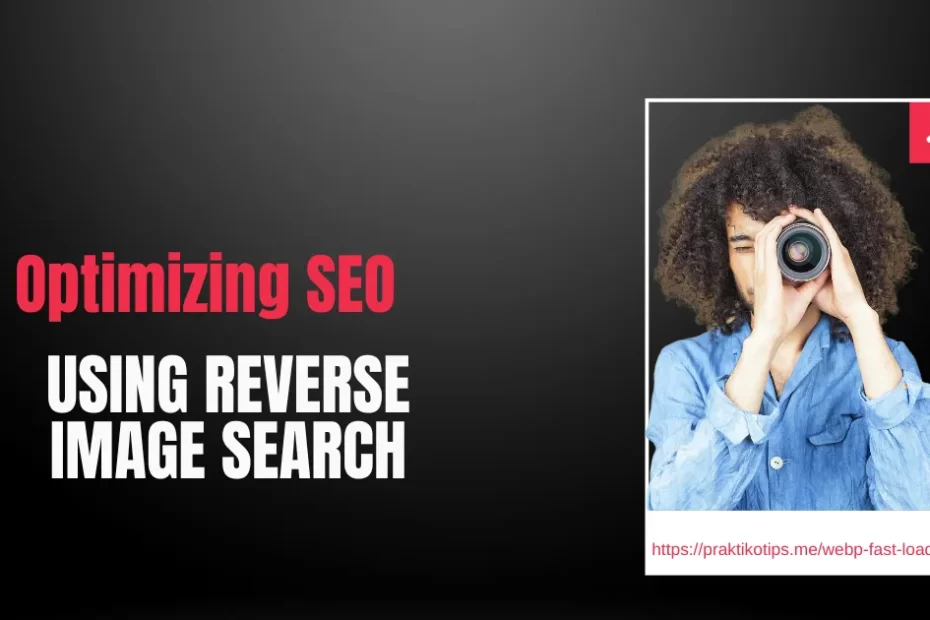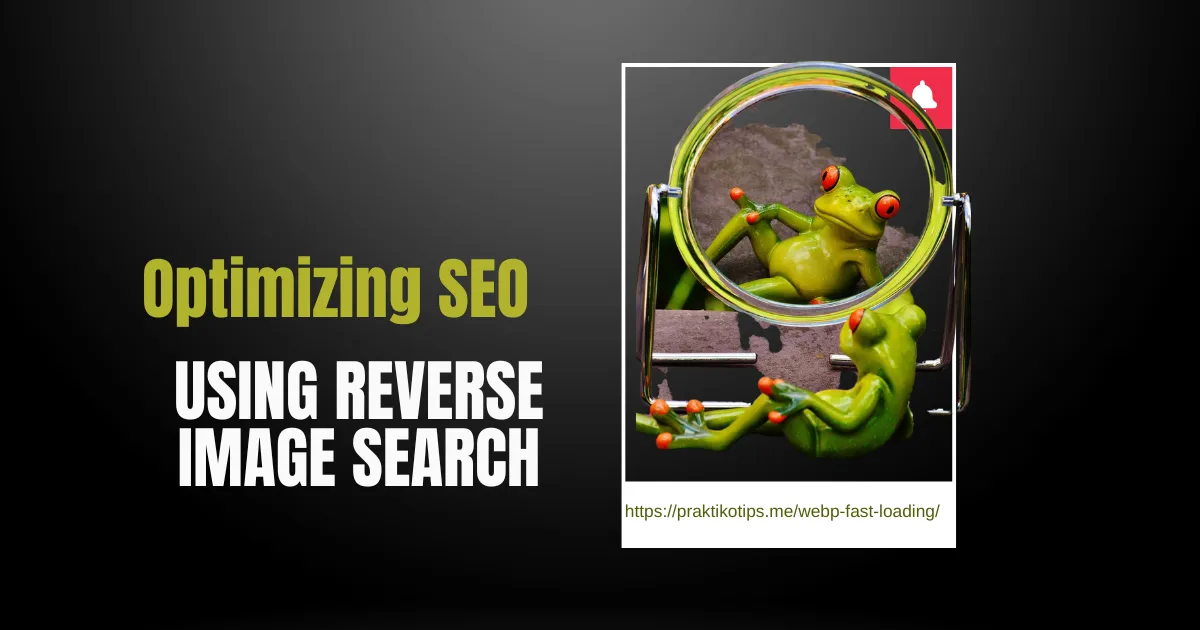Do you want to optimize your website’s SEO and drive organic traffic? If so, reverse image search keywords could be the game-changer you’ve been waiting for. By effectively utilizing reverse image search, you can enhance your website’s visibility, attract more visitors, and ultimately boost your rankings on search engines like Google.
- How Reverse Image Search Keywords Can Drive Organic Traffic
Reverse image search allows you to use images instead of text to find relevant keywords and related content. This powerful tool can help you uncover new keyword opportunities and create more engaging and tailored content for your audience.
By strategically incorporating reverse image search keywords throughout your website, you can improve your chances of appearing in image-based search results. This means more exposure for your brand and increased organic traffic.
Furthermore, reverse image search can be particularly beneficial for e-commerce businesses. It enables you to find competitors’ product images, track copyright infringement, and even discover opportunities to collaborate with influencers or partners.
Don’t underestimate the potential of reverse image search keywords to boost your website’s SEO and drive organic traffic. Start incorporating this innovative technique into your strategy and watch your online presence soar.
How Reverse Image Search Keywords Can Drive Organic Traffic
Boosting Website Traffic With Image Search Keywords
In today’s digital landscape, SEO plays a crucial role in determining the success of a website. When it comes to optimizing your website for search engines, traditional keyword research is essential. However, incorporating reverse image search into your SEO strategy can take your efforts to the next level.
Reverse image search allows search engines to understand the context and content of an image, making it easier for them to index and rank your website. By including reverse image search keywords, you provide search engines with valuable information that can improve your website’s visibility in search results.
In addition, reverse image search can help you identify instances of image theft or copyright infringement. By regularly conducting reverse image searches, you can protect your brand’s intellectual property and take appropriate action against those who misuse your images.
Using Reverse Image Search For SEO
The Benefits Of Using Reverse Image Search Keywords
Reverse image search keywords have the potential to drive organic traffic to your website in several ways. Firstly, by optimizing your website’s images with relevant keywords, you increase the likelihood of appearing in image-based search results. This can attract new visitors who are specifically looking for images related to your content or products.
Secondly, reverse image search keywords can improve the overall user experience on your website. When users find images that are relevant to their search queries, they are more likely to engage with your content and explore further. This increased engagement can lead to longer visit durations, lower bounce rates, and ultimately, improved SEO rankings.
Furthermore, incorporating reverse image search keywords can help you tap into new markets and reach a wider audience. By catering to image-based searches, you can attract users who may not have found your website through traditional text-based searches. This can open up new opportunities for growth and expansion.
How To Find Relevant Reverse Image Search Keywords (RiSk)
Using reverse image search keywords offers numerous benefits for your website and SEO strategy. Firstly, it allows you to discover new keyword opportunities that may not have been apparent through traditional keyword research methods. By analyzing the keywords associated with images related to your content or industry, you can identify untapped niches and create targeted content that resonates with your audience.
Secondly, reverse image search keywords enable you to optimize your website’s images for search engines. Including relevant keywords in image file names, alt tags, and surrounding text increases the likelihood of your images being discovered and indexed by search engines. This can significantly improve your website’s visibility and attract more organic traffic.
Another benefit of using RiSk is the ability to track and monitor your competitors’ image usage. You can identify websites using your visuals without permission by conducting reverse image searches on your images. This allows you to act appropriately and protect your brand’s intellectual property.
Incorporating Reverse Image Search Keywords In Your Website Content
Finding relevant RiSk requires a strategic approach. Here are some effective methods to uncover valuable keywords for your website:
-
Reverse Image Search Tools
Utilize reverse image search tools like Google Images, TinEye, or Bing Visual Search to find similar images and explore the associated keywords. These tools can provide insights into how search engines interpret and categorize images, helping you identify relevant keywords for your content.
-
Image Metadata Analysis
Examine the metadata of images related to your industry or niche. This includes details such as image titles, descriptions, and tags. By analyzing this metadata, you can identify commonly used keywords and incorporate them into your own content.
-
Competitor Analysis
Analyze the images used by your competitors and identify any keywords associated with those visuals. This can help you uncover new keyword opportunities and gain a competitive edge in your industry.
-
Keyword Research Tools
Use traditional keyword research tools like Google Keyword Planner, SEMrush, or Ahrefs to identify related keywords for your target audience. These tools can provide valuable insights into the search volume, competition, and relevance of various keywords.
| Strategy | Details & SEO Benefits |
|---|---|
| 🖼️ Rename Image File Names |
Use descriptive filenames like blue-running-shoes-for-men.jpg instead of IMG_001.jpg.SEO Benefit: Helps search engines understand your image content. Tip: Use reverse image search keywords in your filenames to boost visibility. |
| 💬 Optimize Alt Text |
Write short, meaningful descriptions like: "Organic green tea packaging with eco-friendly design". SEO Benefit: Improves accessibility and helps your image rank in Google Image Search. Include: Your reverse image search keywords naturally. |
| 📚 Surrounding Text Optimization |
Add optimized headings, captions, and context paragraphs around your images. SEO Benefit: Reinforces content relevance and increases search engine trust. Pro Tip: Avoid keyword stuffing—write for humans, optimize for Google. |
| 🗺️ Submit an Image Sitemap |
Use tools like Google Search Console or Screaming Frog to submit a sitemap with image metadata. SEO Benefit: Ensures all visual content is discoverable and indexed by search engines. Important: Ensure all image URLs are crawlable. |
| 🚀 Final Thoughts |
Optimizing images using reverse image search keywords boosts discoverability, drives traffic, and supports content SEO. In 2025 and beyond: Visual content is search content. Master image SEO to stay ahead of your competitors. |
Case studies of successful websites using reverse image search keywords
Optimizing your website’s images for reverse image search is crucial for improving your SEO rankings and driving organic traffic. Here are some tips to optimize your images:
- Image Compression: Compress your images to reduce file size without sacrificing quality. This improves website loading speed, which is a crucial factor in user experience and SEO rankings.
- Image Format: Choose the appropriate image format based on the content and purpose of the image. JPEG is ideal for photographs, while PNG is suitable for graphics and images with transparency.
- Image Dimensions: Resize your images to the optimal dimensions for your website. This ensures that your images load quickly and appear correctly on different devices and screen sizes.
- Image Captions: Include descriptive captions for your images, incorporating reverse image search keywords when relevant. Captions provide additional context and improve user engagement.
To illustrate the impact of reverse image search keywords on SEO and organic traffic, let’s look at some real-life case studies:
- Case Study 1: E-commerce Website: An e-commerce website selling fashion accessories utilized reverse image search keywords to optimize its product images. By including relevant keywords in image file names, alt text, and surrounding text, they significantly improved their visibility in image-based search results. This led to a substantial increase in organic traffic and higher conversion rates.
- Case Study 2: Travel Blog: A travel blog used reverse image search keywords to enhance their destination photos. By incorporating descriptive keywords in the image file names, alt text, and surrounding text, they attracted more visitors looking for travel inspiration. This resulted in increased engagement, longer visit durations, and improved rankings on search engines.
| Reverse Image Search Keywords | Reverse Image Search |
|---|---|
|
Definition: Targeted keywords used in SEO image optimization to describe or label images. These include product names, locations, or search terms related to the image’s purpose or content. |
Definition: A tool or method to search the internet by using an image instead of text. The system identifies visual similarities or the exact source of an image. |
|
SEO Use: Helps images appear in Google Images or Pinterest Search by targeting phrases users actually search for. Example: "ceramic coffee mug with matte finish" as a keyword for image file/alt text. |
SEO Use: Used to find where your images appear on other websites, identify image backlinks, or track image copyright violations. |
|
Tools: - Keyword Planner - Ubersuggest - Ahrefs / SEMrush (image-related keywords) - Manual search intent analysis |
Tools: - Google Images - Google Lens - TinEye - Bing Visual Search - Pinterest Visual Search |
|
Optimization Strategy: - Use in image file names - Add to alt text and captions - Include in surrounding content - Build a consistent naming structure |
Optimization Strategy: - Conduct searches to find reused images - Track traffic origins from image reposts - Request credit or backlink from sites using your visuals |
|
Goal: Improve image indexing and discovery in visual search results to drive organic traffic. |
Goal: Monitor image usage, detect duplicates, and analyze where and how your content is being reused across the web. |
Share this:
- Click to share on Facebook (Opens in new window) Facebook
- Click to share on Pinterest (Opens in new window) Pinterest
- Click to share on LinkedIn (Opens in new window) LinkedIn
- Click to share on X (Opens in new window) X
- Click to share on Tumblr (Opens in new window) Tumblr
- Click to share on Bluesky (Opens in new window) Bluesky



Hello my loved one! I want to say that this post is amazing, great written and include almost all significant infos. I would like to look extra posts like this.
I’ve tried using image search before but found it a bit hit or miss. Has anyone experienced really accurate results with any particular platform or tool?